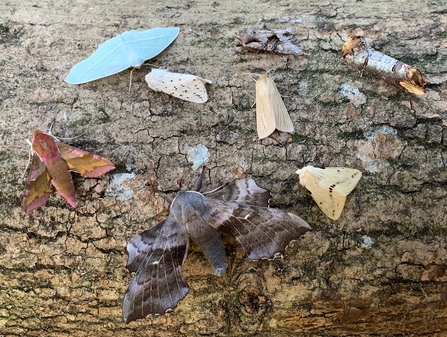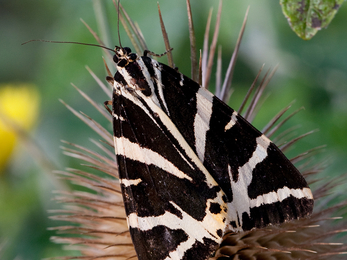Neil Sherman is a moth expert and has sent our Conservation team the latest moth records from across the county.
Neil explains, “The Suffolk Moth Group is a bunch of wildlife enthusiasts that have a particular interest in moths and are keen to survey the county’s moth fauna as it is currently changing so rapidly. This rapid change is due to a number of factors like climate change (new species colonizing from further south as it gets warmer, some declining due to the winters being too warm for hibernation), accidental introductions from the plant trade (for example the box moth) and habitat improvement (species increasing due to better habitat management) and habitat loss (urbanization, over-tidying of the countryside). All factors that are affecting a lot of wildlife!”



